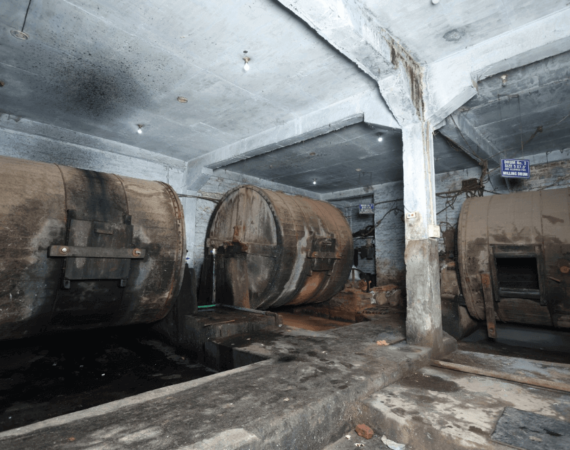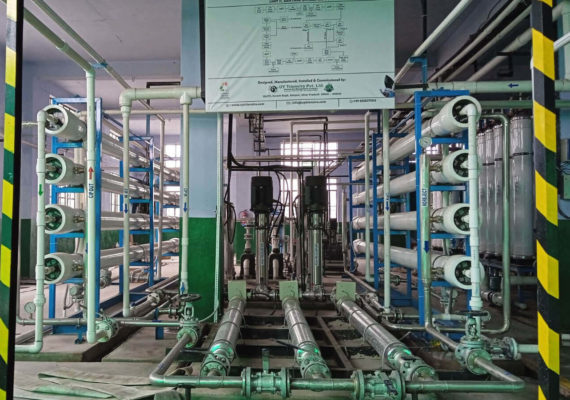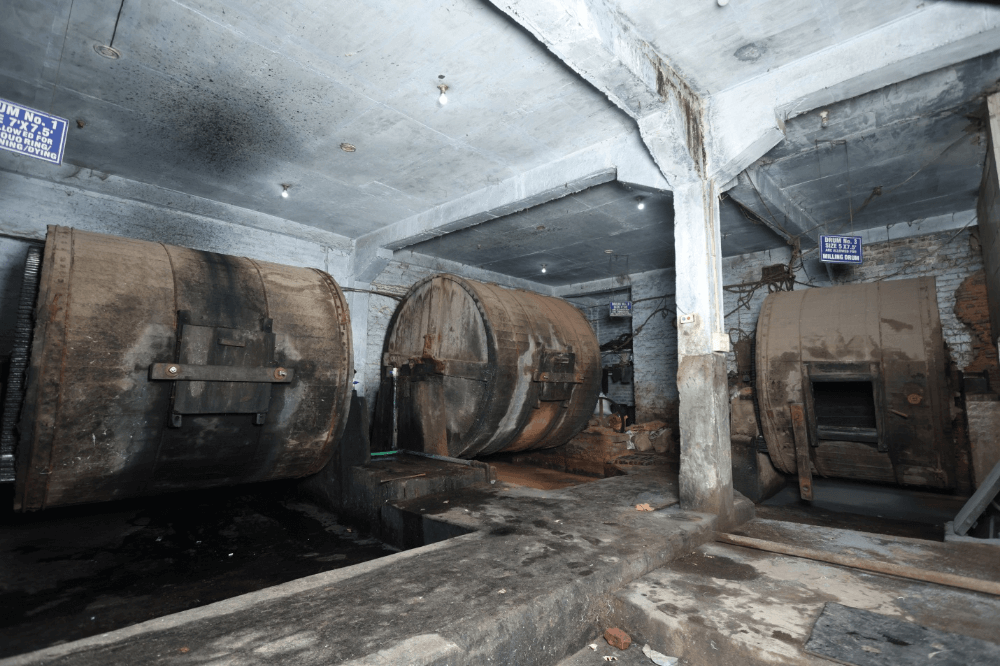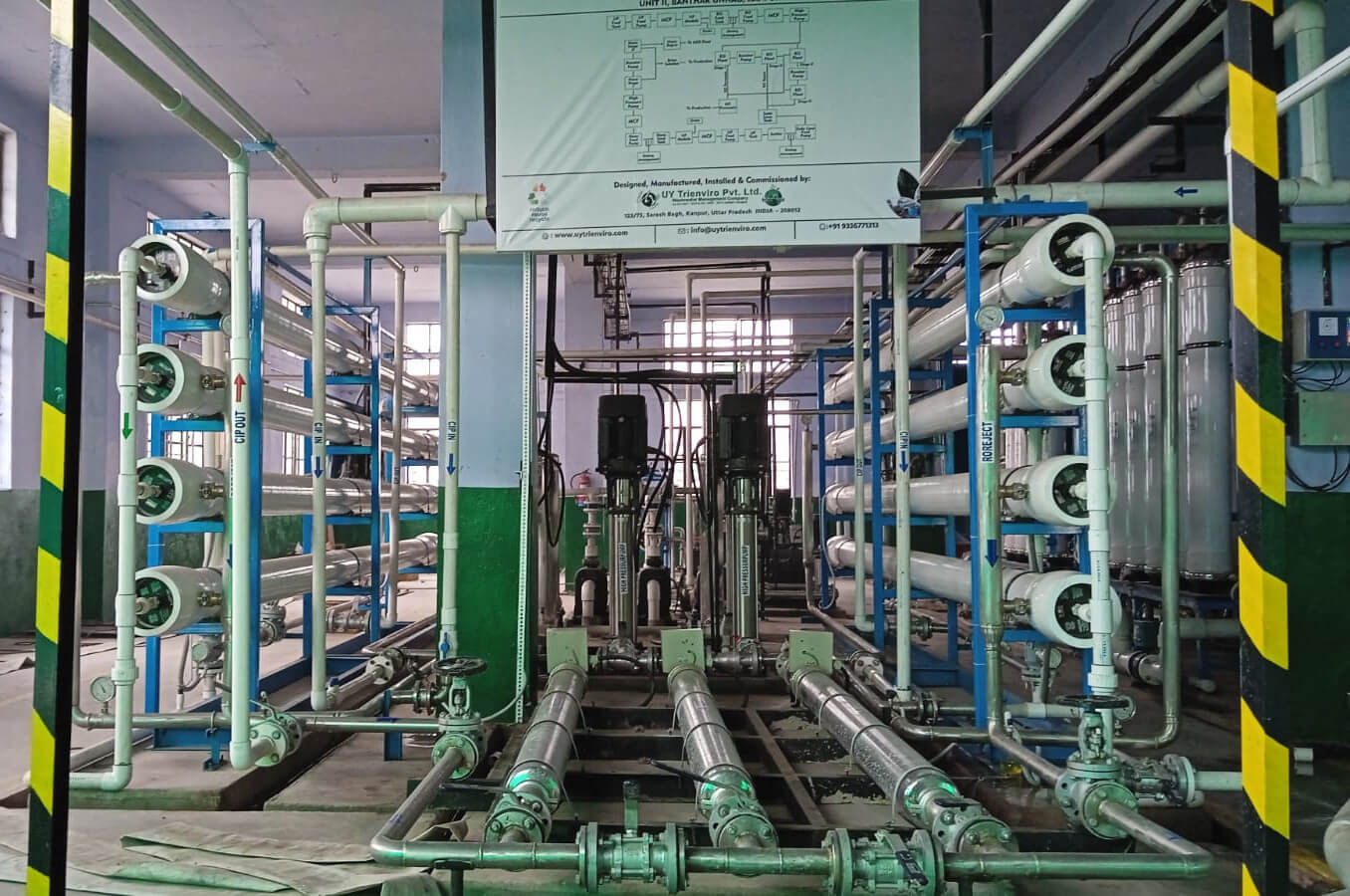There is much importance in treating wastewater from tanneries to avoid pollution in the environment. The purpose of establishing a good wastewater treatment plant is to reduce environmental contamination through proper treatment of effluent from leather production activities.
Treatment of wastewater from the tannery can only be effective if, the wastewater is properly treated through a proper treatment scheme. This means no bypassing of wastewater and making sure that that plant is working in top-notch condition. The tanners need to have information on how to deal with the treatment of tannery wastewater and be conscious of the norms of the government bodies.
The discharge of water impurities from the leather industry is usually measured by environmental protection authorities through online/offline monitoring. They set the discharge parameters for the leather industry. So ensuring that the effluent treatment plant is working in the best condition is very important.

While establishing the procedure to treat tannery wastewater one should consider factors such as:
1- The capacity of the effluent treatment plant should be ascertained properly. Therefore, the tanner should convey the correct quantity along with the accurate effluent report.
2- There should not be a major variation in the parameters of inlet parameters. High variation may result in the failure of the plant.
3- The space available for the treatment plant should be informed to the EPC. Availability of space can result in a change in the treatment scheme & cost of the plant.
A lot of technical information and skills are needed to develop an effective, integrated, and economical treatment process. A tannery owner should always hire an experienced & known EPC Company for the installation of its plant. The EPC Company has the duty of ensuring that the treated wastewater meets the committed parameters.
There are many processes involved in the treatment of tannery wastewater. These procedures include filtration process, biological load reduction, and filtration amongst others. The filtration procedure is suitable for tertiary wastewater treatment only…
A precautionary approach toward chemical & biological management should be there to decrease the load on the effluent treatment plant so that the treatment of problematic chemicals from the wastewater is reduced in the first place. Therefore when choosing a procedure for your tannery wastewater treatment, it is sensible to understand the procedure well, make the necessary changes before the plant inlet and choose the most reliable EPC to design the treatment scheme of the plant, and that too an efficient and low-cost one.

Successfully installed and commissioned an RO Plant with high recovery at Calico Impex for the second stage of ZLD.
UY Trienviro provides Zero Liquid Discharge for your tannery. We are among the leading solution provider for tanneries.
Contact us for your wastewater needs.
There is much importance in treating wastewater from tanneries to avoid pollution in the environment. The purpose of establishing a good wastewater treatment plant is to reduce environmental contamination through proper treatment of effluent from leather production activities.
Treatment of wastewater from the tannery can only be effective if, the wastewater is properly treated through a proper treatment scheme. This means no bypassing of wastewater and making sure that that plant is working in top-notch condition. The tanners need to have information on how to deal with the treatment of tannery wastewater and be conscious of the norms of the government bodies.
The discharge of water impurities from the leather industry is usually measured by environmental protection authorities through online/offline monitoring. They set the discharge parameters for the leather industry. So ensuring that the effluent treatment plant is working in the best condition is very important.

While establishing the procedure to treat tannery wastewater one should consider factors such as:
1- The capacity of the effluent treatment plant should be ascertained properly. Therefore, the tanner should convey the correct quantity along with the accurate effluent report.
2- There should not be a major variation in the parameters of inlet parameters. High variation may result in the failure of the plant.
3- The space available for the treatment plant should be informed to the EPC. Availability of space can result in a change in the treatment scheme & cost of the plant.
A lot of technical information and skills are needed to develop an effective, integrated, and economical treatment process. A tannery owner should always hire an experienced & known EPC Company for the installation of its plant. The EPC Company has the duty of ensuring that the treated wastewater meets the committed parameters.
There are many processes involved in the treatment of tannery wastewater. These procedures include filtration process, biological load reduction, and filtration amongst others. The filtration procedure is suitable for tertiary wastewater treatment only…
A precautionary approach toward chemical & biological management should be there to decrease the load on the effluent treatment plant so that the treatment of problematic chemicals from the wastewater is reduced in the first place. Therefore when choosing a procedure for your tannery wastewater treatment, it is sensible to understand the procedure well, make the necessary changes before the plant inlet and choose the most reliable EPC to design the treatment scheme of the plant, and that too an efficient and low-cost one.

Successfully installed and commissioned an RO Plant with high recovery at Calico Impex for the second stage of ZLD.
UY Trienviro provides Zero Liquid Discharge for your tannery. We are among the leading solution provider for tanneries.
Contact us for your wastewater needs.











